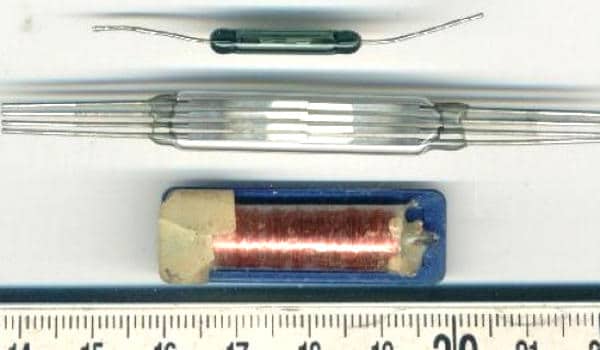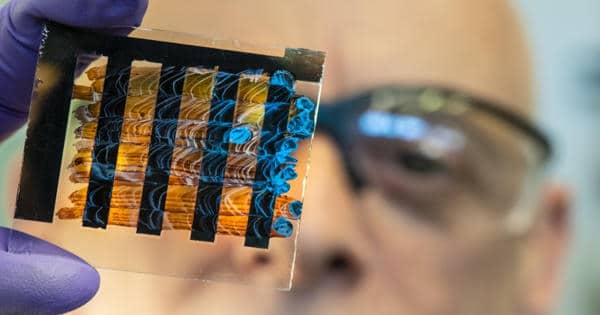CRANN (The Centre for Research on Adaptive Nanostructures and Nanodevices) and Trinity College Dublin researchers announced that a magnetic material developed at the Centre demonstrates the fastest magnetic switching ever recorded.
The team used femtosecond laser systems in the Photonics Research Laboratory at CRANN to switch and then re-switch the magnetic orientation of their material in trillionths of a second, six times faster than the previous record and a hundred times faster than a personal computer’s clock speed. This discovery highlights the material’s potential for a new generation of energy-efficient ultra-fast computers and data storage systems.
The researchers achieved their record-breaking switching speeds in an alloy called MRG, which they first synthesized in 2014 out of manganese, ruthenium, and gallium. The team hit thin films of MRG with bursts of red laser light in the experiment, delivering megawatts of power in less than a billionth of a second.
Researchers at CRANN, and the School of Physics at Trinity College Dublin, announced that a magnetic material developed at the Centre demonstrates the fastest magnetic switching ever recorded.
The magnetic orientation of MRG is switched by heat transfer. This first change takes an incredible tenth of a picosecond (1 ps = one trillionth of a second). More importantly, the team discovered that they could reverse the orientation 10 trillionths of a second later. This is the quickest reversal of a magnet’s orientation ever observed.
Their results are published this week in the leading physics journal, Physical Review Letters.
Given the importance of magnetic materials in this industry, the discovery could pave the way for new avenues of innovative computing and information technology. Magnetic materials read and store data in many of our electronic devices, as well as in large-scale data centers at the heart of the internet. The current information explosion generates more data and consumes more energy than any other time in history. Finding new energy-efficient ways to manipulate data, as well as materials to match, is a global research priority.

The ability of the Trinity teams to achieve ultrafast switching without the use of a magnetic field was critical to their success. Traditional magnet switching requires the use of another magnet, which consumes both energy and time. The switching was accomplished with MRG using a heat pulse and the material’s unique interaction with light.
Trinity researchers Jean Besbas and Karsten Rode discuss one avenue of the research:
“Magnetic materials have a memory that can be used for logic.” So far, switching from one magnetic state ‘logical 0’ to another has been too energy-intensive and slow. Our study addresses speed by demonstrating that we can switch MRG from one state to another in 0.1 picoseconds and, more importantly, that a second switch can follow only 10 picoseconds later, corresponding to an operational frequency of 100 gigahertz—faster than anything previously observed.
“The discovery highlights our MRG’s unique ability to effectively couple light and spin, allowing us to control magnetism with light and light with magnetism on previously unattainable timescales.”
Professor Michael Coey of Trinity’s School of Physics and CRANN commented on his team’s work, saying, “In 2014, when my team and I first announced that we had created a completely new alloy of manganese, ruthenium, and gallium, known as MRG, we had no idea the material had this remarkable magneto-optical potential.”
“This demonstration will lead to new device concepts based on light and magnetism that could benefit from greatly increased speed and energy efficiency, potentially leading to the realization of a single universal device with integrated memory and logic functionality. It is a significant challenge, but we have demonstrated a material that may make it possible. We hope to secure funding and industry collaboration in order to continue our research.”
















